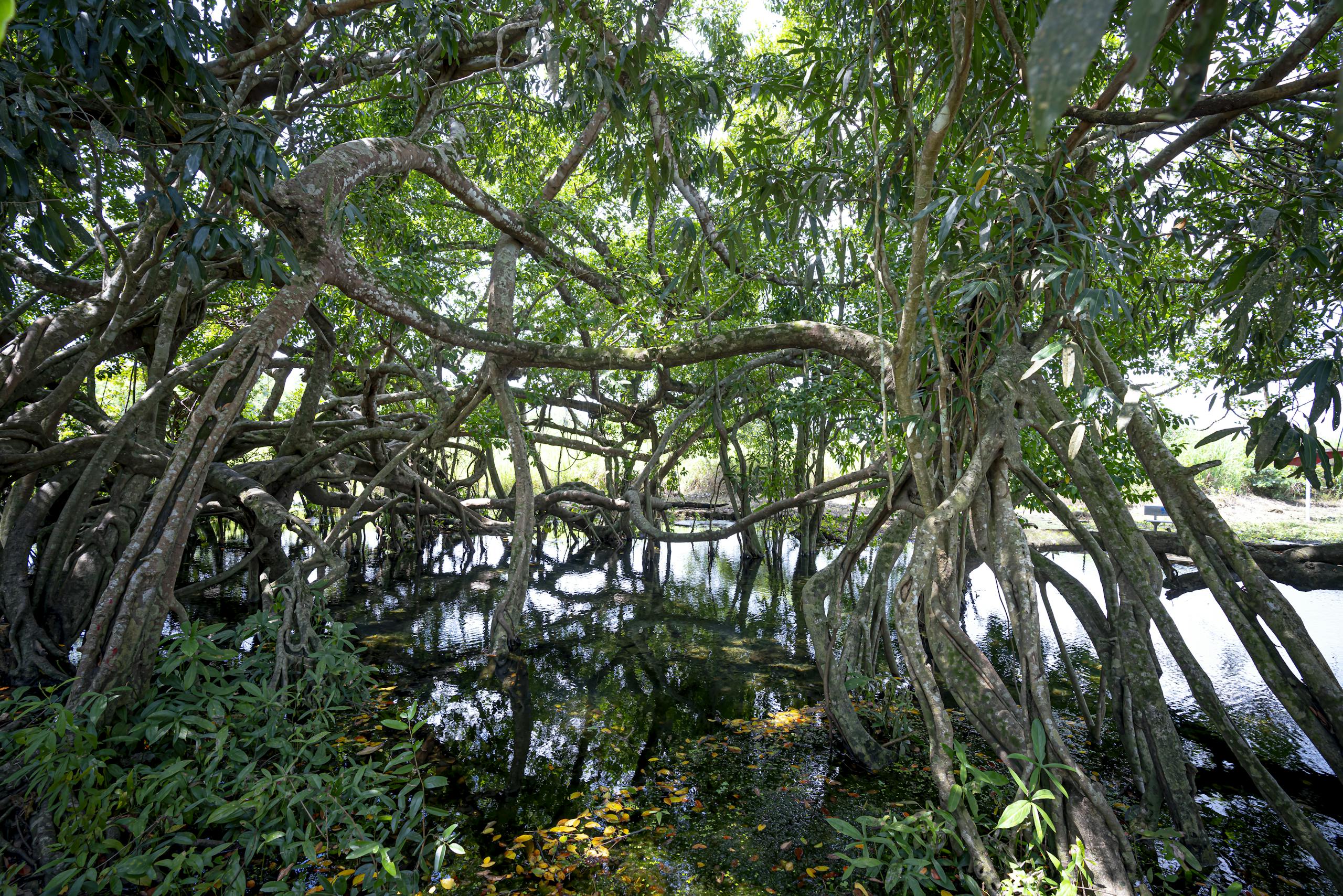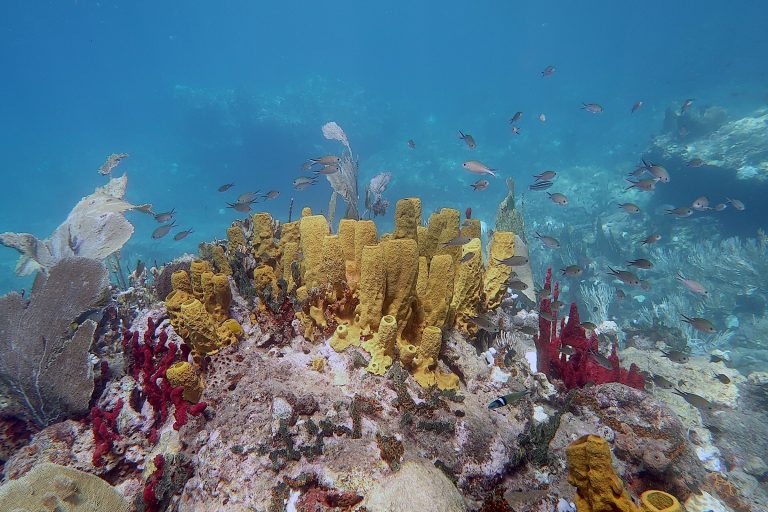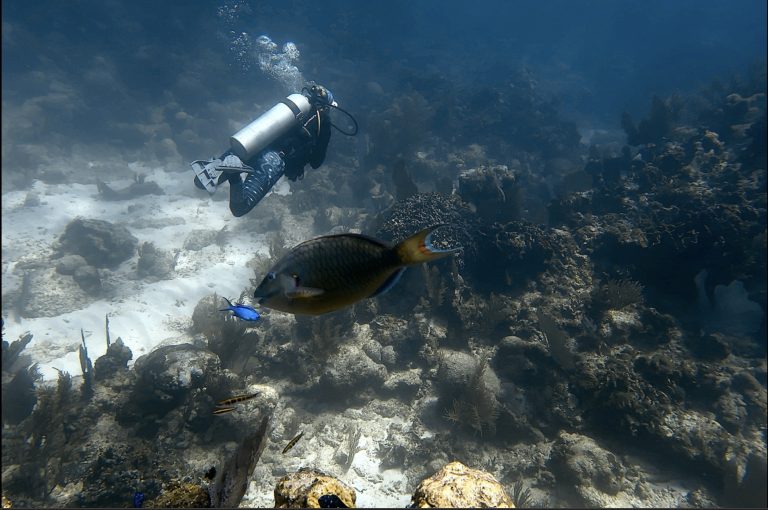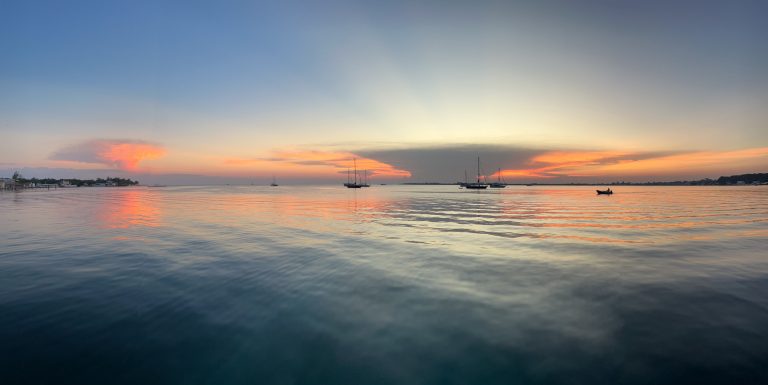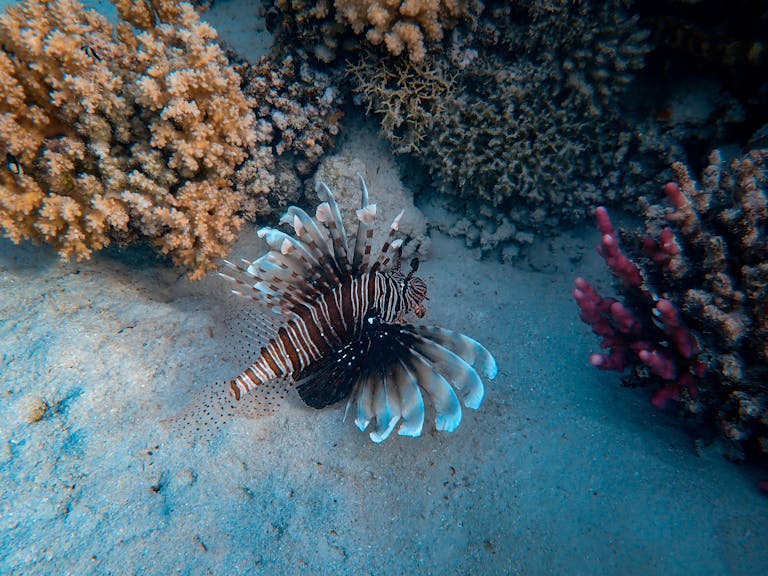Mangroves: Climate Heroes Hiding in Plain Sight
Fast facts about mangroves
- Mangroves are among the most efficient ecosystems on Earth at capturing and storing carbon dioxide.
- One hectare of mangroves can store 1,000 to 1,500 tonnes of carbon.
- Globally, they hold an estimated 4 to 20 billion tonnes of carbon.
- With this exceptional ability, mangroves are vital ecosystems and unsung heroes.
- Yet, they’re disappearing—risking not just local livelihoods but the stability of entire coastlines and economies.
What are mangroves ?
Mangroves are coastal ecosystems found where saltwater from the sea meets freshwater from the land. Indeed, they are made up of specially adapted plant species that can survive in salty, waterlogged conditions. Their root systems are nothing short of engineering marvels—giving them stability in muddy soil and allowing them to breathe in in flood-prone intertidal zones.
Found mainly in tropical and subtropical regions, mangroves form dense forests along coastlines, estuaries, and deltas, where they serve as both buffers and bridges between land and sea.
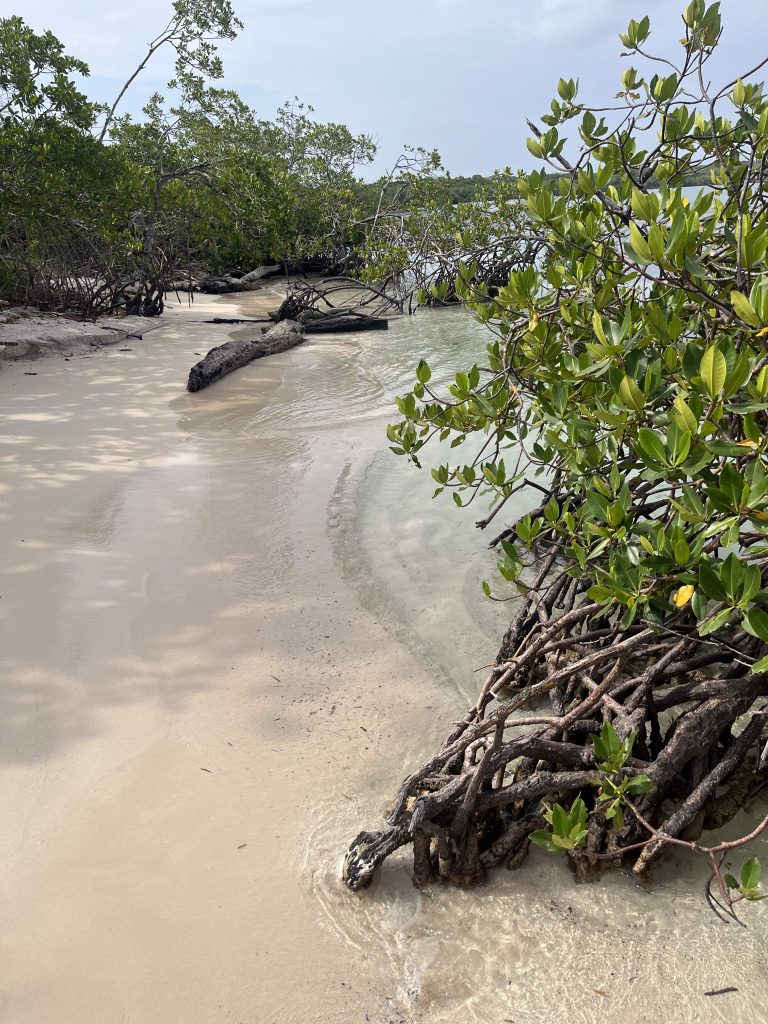
Why mangroves are vital ecosystems ?
Mangroves deliver a wide range of ecological and economic benefits:
Storing carbon
Their ability to trap carbon, especially in the oxygen-poor soil, is unmatched. This makes them one of our best natural allies in the fight against climate change. Without them, we risk tipping into a cycle of more severe weather events, rising temperatures, and biodiversity loss.
Protecting coasts
Mangroves act like natural sea walls. Their dense root systems absorb the energy of waves, shielding coastal communities from erosion, floods, and storm surges.
Filtering water
These ecosystems trap sediment and prevent it from washing into the ocean. This keeps coastal waters clearer and helps protect coral reefs , which need clean water to thrive.
Supporting biodiversity
Mangroves are nurseries for countless marine species—from fish and crabs to invertebrates. They support the fishing industry and the food security of coastal communities across the globe.
Providing resources
Beyond ecological benefits, mangroves provide timber, fuelwood (yes, for barbecues!), and even medicinal ingredients, playing a role in traditional practices that persist to this day.

What are the major threats to mangroves ?
Despite their immense ecological value, mangroves continue to be cleared at alarming rates. The main drivers of their decline are directly linked to human activities:
Coastal development
Tourism infrastructure, expanding cities, and industrial ports have all contributed to the loss of mangrove forests. In many regions, mangroves are seen as ‘wastelands’ to be drained and filled, rather than vital buffers against erosion and storm surges. Entire stretches of coastline have been stripped of mangrove cover to make way for roads, hotels, and housing.
Agriculture
Intensive agricultural activities, particularly in coastal regions, contribute significantly to mangrove deforestation. The conversion of mangrove forests into agricultural land for large-scale crops, such as rice, sugarcane, and palm oil, leads to habitat destruction. The use of chemical pesticides and fertilisers often runs off into mangrove ecosystems, contaminating both water and soil and disrupting delicate ecological balances.
Aquaculture
The rapid growth of shrimp farming and fish cultivation along coastlines has been a key driver of mangrove loss. Shrimp ponds are often created by draining and clearing mangrove forests, reducing the natural protection these areas offer to coastal communities. Additionally, these farms typically use chemicals and antibiotics that pollute nearby water sources, further threatening mangrove health.

What are the conservation avenues ?
There’s growing recognition of the need to preserve mangroves—and various efforts are already underway:
Local restoration efforts
Often triggered by the devastation of hurricanes or tsunamis, these projects aim to restore mangrove cover and strengthen natural defences.
Community-led conservation
In many regions, local people are at the forefront of protecting mangroves. When supported with resources and training, communities can lead successful reforestation and monitoring initiatives.
Carbon credit schemes
Some conservation efforts are linked to carbon offset programmes, where individuals and companies can invest in mangrove protection to compensate for their emissions. These schemes also provide alternative income sources to locals, creating a win-win model for people and planet. However, it’s important to note that carbon offsetting should not be seen as a substitute for directly reducing emissions—it’s a complementary strategy, not a standalone solution.
Education and awareness
Those initiatives play a vital role in mangrove conservation. School programmes, local workshops, and outreach campaigns help raise awareness of the value of mangroves and the consequences of losing them. The more people understand their importance, the more likely they are to support protective policies, make sustainable choices, and even participate in local restoration work.

How you can help ?
Protecting mangroves starts with awareness—but it doesn’t have to stop there. Whether you’re a traveller, a student, or someone looking to reduce their environmental footprint, there are concrete ways you can get involved:
Support mangrove ecotourism
Seek out conservation-focused tours and experiences that help fund and raise awareness for mangrove protection. In places like Utila, these ecosystems are home to rare and fascinating wildlife—including the critically endangered spiny-tailed iguana, affectionately known as the Swamper . What may look like just another patch of tangled trees might actually be hiding species found nowhere else on Earth.
Donate or offset your carbon footprint
Some community-led projects allow you to directly support mangrove conservation by purchasing carbon credits. It’s a tangible way to offset your emissions while also funding long-term ecosystem protection and providing local income.
Get involved in restoration days
If you live near the coast or are travelling to tropical regions, consider joining mangrove planting events or beach clean-ups. They’re hands-on, educational, and genuinely rewarding.
Spread the word
Mangroves aren’t always glamorous, but they are absolutely vital. Share what you’ve learned, highlight their role in climate action, and help reframe how we value these misunderstood ecosystems.

